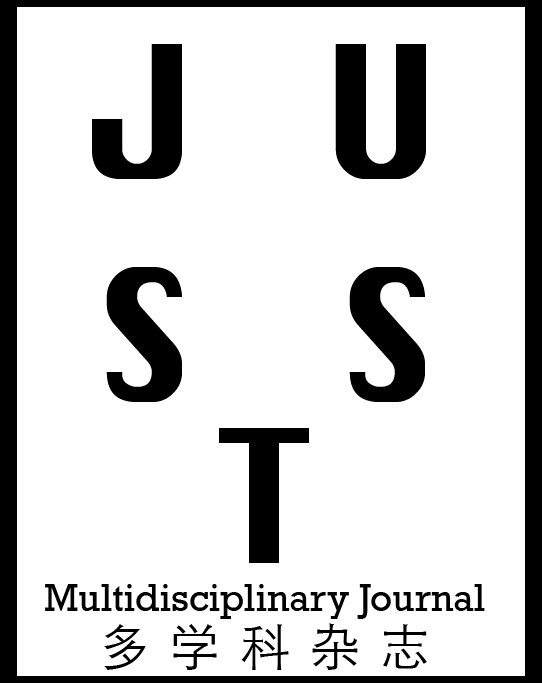Suman Devi
SDM College of Pharmacy, Rajound.Kaithal, Haryana, India.
Beena Kumari, Sangeeta
Department of Pharmaceutical Sciences, Indira Gandhi University, Meerpur, Rewari, Haryana, India.
Arora Satish Chander
R.K.S.D. College of Pharmacy, Kaithal, Haryana, India.
Factorial Design Assisted Celecoxib Emulgel: Formulation, Optimization and Characterization
Authors
Abstract
Topical drug delivery has been used from centuries for the treatment of local skin disorders. Topical application offers the potential advantages for the delivery of drug at the effected site for extended period of time. Topical delivery of the drug increase the contact time and mean resident time of the drug. The aim of the work was to develop and evaluateCelecoxib loaded Emulgel by using high molecular weight water soluble polymer Carbopol-934. This polymer possesses very high viscosity, transparency, film forming properties at low concentration and these are useful in formation of gel with an objective to increase transparency and spread ability. Formulation of CelecoxibEmulgel were prepared by using carbopol-934 as gelling agent, span80, tween80 as emulsifier and light liquid paraffin as oil phase. The influence of the type of gelling agent and concentration of both oil phase and emulsifying agent on the drug release from the prepared Emulgel was investigated using 23 factorial designs. The formulated formulations were evaluated for their physical appearance, pH determination, spreadability, extrudability, rheological study, drug content determination and in vitro release study. The release study was determined by Franz diffusion cell and optimized batch shows better release 92.13±1.15 within 8 hours. The drug release profile follows zero order plot and KorsmeyerPeppas model.
